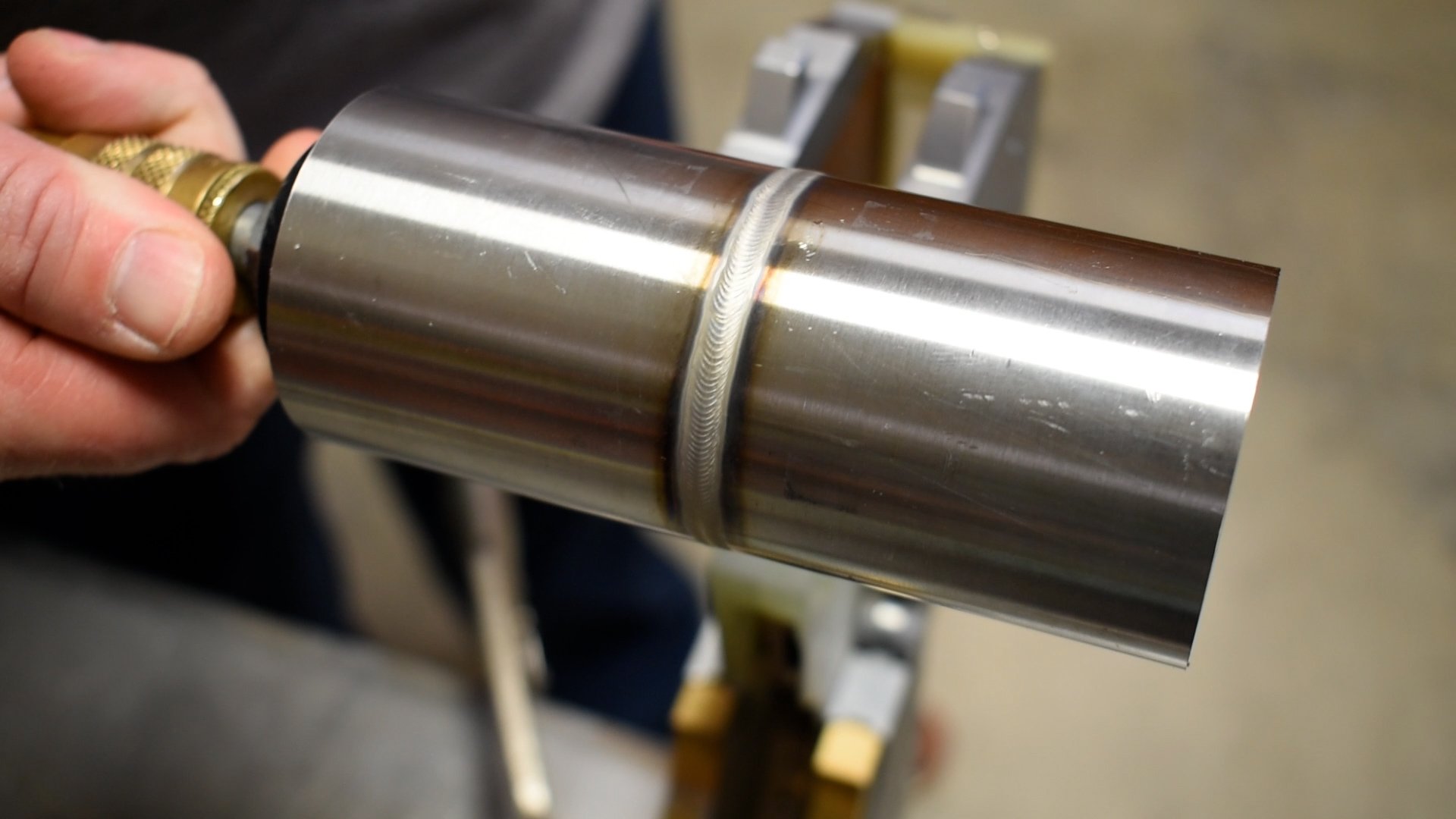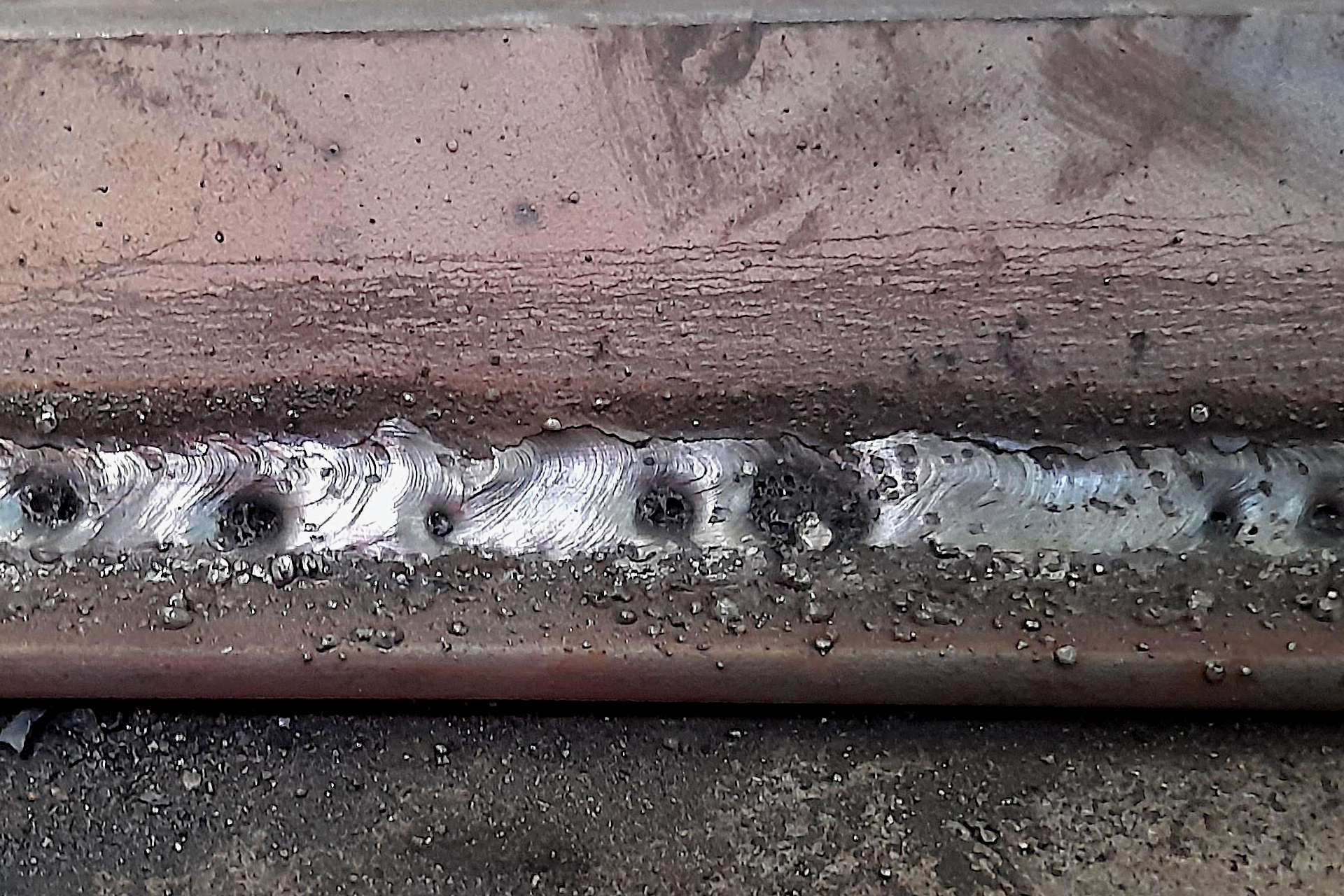Step-by-Step Guide to Preventing Weld Undercut in Different Metals
Step-by-Step Guide to Preventing Weld Undercut in Different Metals
Blog Article
Vital Tips for Welders: Protecting Against Undercut Welding and Ensuring Stronger Weld Joints
In the realm of welding, achieving strong and long lasting weld joints is the cornerstone of producing premium job. One typical difficulty that welders commonly run into is undercut welding, which can endanger the honesty of the weld joint. By recognizing the variables that add to damaging and applying the right strategies and preventative measures, welders can properly stop this problem and make certain the longevity and stamina of their welds. Allow's explore some essential pointers that can help welders navigate this obstacle and raise the quality of their welding jobs.

Comprehending Undercut Welding
Undercut welding is an usual welding flaw that happens when the weld steel falls short to properly fill the groove and causes a groove-like anxiety along the weld grain. This defect damages the weld joint, making it prone to splitting and failing under stress and anxiety. Undercutting can be brought on by numerous elements, consisting of too much welding existing, high welding speed, inappropriate electrode angle, incorrect electrode size, and poor welding method.
One of the major factors for undercut welding is an inequality between the welding existing and the welding rate. If the welding current is expensive or the welding rate is too fast, the weld steel might not effectively fill up the groove, causing undercutting. In addition, utilizing an electrode that is as well large can cause a comparable result, as the excess metal can not correctly flow right into the groove.
To stop undercut welding, welders should ensure they are utilizing the correct welding specifications, maintain a suitable electrode angle, choose the suitable electrode dimension, and technique appropriate welding strategies. By resolving these aspects, welders can decrease the danger of damaging and create stronger, more reputable weld joints.
Proper Welding Method
Effective welding technique plays a vital role in guaranteeing the top quality and honesty of weld joints. Correct welding technique includes a mix of precision, ability, and adherence to ideal techniques. One fundamental facet of proper welding strategy is preserving the right angle and range in between the welding weapon and the work surface. Welders should likewise pay very close attention to the travel speed and warm input to avoid concerns like damaging, porosity, or incomplete blend.
In addition, a steady and regular hand motion is vital for developing solid and sturdy weld joints. Welders need to aim for smooth, consistent activities to guarantee even distribution of the weld product. Proper control of the welding weapon and filler material is additionally crucial to achieving ideal infiltration and blend.
In addition, regulating the warmth input and selecting the appropriate welding specifications based on the material being welded are crucial consider achieving premium welds - Preventing weld undercut. Welders need to adhere to the recommended settings given by welding procedure specs and readjust them as required based on the particular requirements of the job. By mastering correct welding methods, welders can substantially boost the strength and integrity of their weld joints
Selecting the Right Electrode
Maintaining the proper angle and distance between the welding gun and the work surface is basic when thinking about the significance of choosing the recommended you read appropriate electrode in welding applications. The selection of electrode plays a crucial role in determining the top quality and toughness of the weld joint. Electrodes are available in various kinds, each designed for particular objectives and materials.
First of all, choosing the proper electrode size is necessary. Thinner electrodes are ideal for welding slim materials, while thicker electrodes are better for thicker materials and greater warm applications. Matching the electrode size to the density of the work surface helps attain a well balanced weld.
Secondly, recognizing the material structure of the electrode is vital. Different electrodes are developed for welding details products like steel, stainless steel, aluminum, or cast iron. Using the proper electrode product ensures good combination and find out here minimizes the risk of problems in the weld.
Last but not least, taking into consideration the welding setting and technique is critical when selecting the electrode kind. Certain electrodes are much better suited for overhanging or vertical welding settings, while others function well for flat or straight settings. Selecting the right electrode based on the welding strategy enhances the overall weld high quality and stability.
Preparing the Base Metal
To make certain a successful welding procedure, what preliminary steps should be taken when preparing the base steel for welding? Furthermore, any existing weld product or residue from previous welding ought to be gotten rid of to make certain a tidy surface area for the new weld.

Performing Post-Weld Examinations

After carrying out these analyses, welders have to contrast the results versus sector criteria and project needs to make certain that the weld joint meets all needed requirements. Any inadequacies or discrepancies found during the post-weld examination must be immediately attended to with proper rehabilitative steps to assure the weld's stability. By vigilantly performing post-weld assessments and without delay resolving any issues, welders can support the quality and dependability of their work, ultimately adding to the safety and security and longevity of the welded structures.
Conclusion

In verdict, stopping undercut welding and making certain stronger weld joints call for a Continue mix of correct welding method, selecting the appropriate electrode, preparing the base metal properly, and conducting post-weld examinations. By comprehending the causes of undercut welding and executing the needed precautions, welders can generate top notch weld joints that fulfill industry criteria and guarantee the architectural integrity of the bonded elements.
Undercut welding is a common welding issue that occurs when the weld metal fails to properly fill up the groove and results in a groove-like anxiety along the weld grain (Preventing weld undercut). Undercutting can be triggered by different factors, consisting of excessive welding current, high welding rate, inappropriate electrode angle, inaccurate electrode size, and bad welding strategy
One of the primary factors for undercut welding is an inequality in between the welding present and the welding speed. If the welding current is also high or the welding rate is too quick, the weld steel might not sufficiently fill the groove, leading to undercutting.Preserving the correct angle and range in between the welding weapon and the work surface is fundamental when considering the relevance of picking the right electrode in welding applications.
Report this page